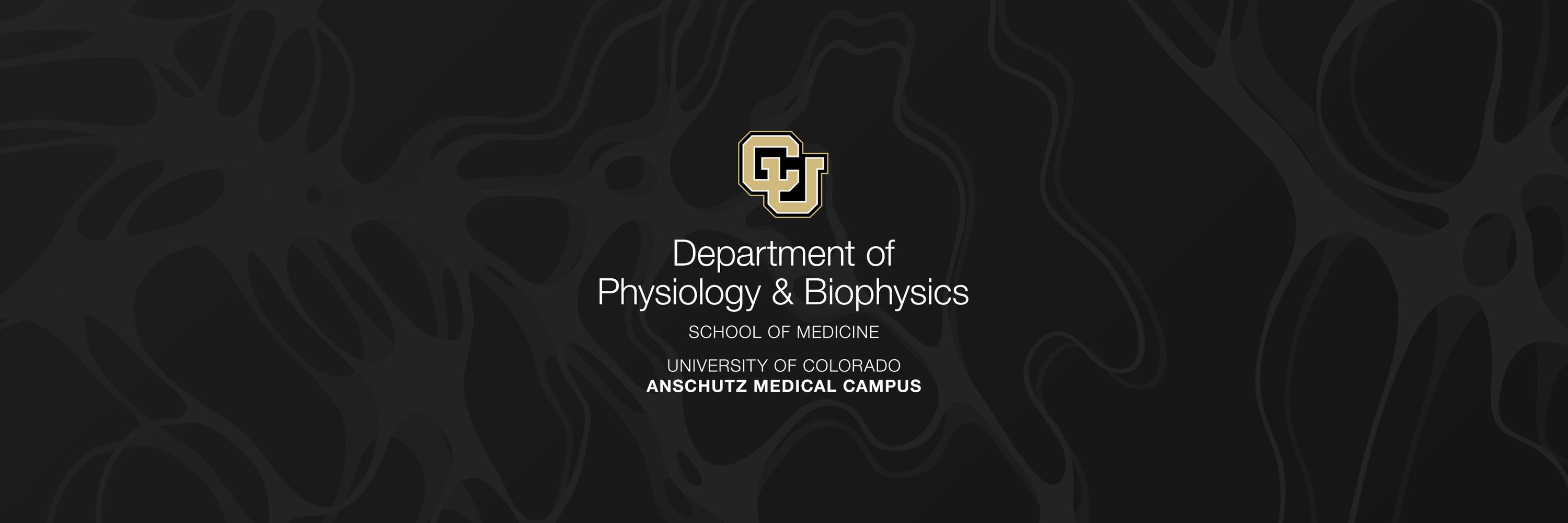
Professional Research Assistants or staff in comparable roles are eligible.
📝 How to Apply:
Nominate a colleague, advisor, or even yourself!
Submit a nomination letter, job history, and 1–3 reference letters to:
📧 Fadul.Award@ucdenver.edu
🔗 tinyurl.com/fadul-awards



Professional Research Assistants or staff in comparable roles are eligible.
📝 How to Apply:
Nominate a colleague, advisor, or even yourself!
Submit a nomination letter, job history, and 1–3 reference letters to:
📧 Fadul.Award@ucdenver.edu
🔗 tinyurl.com/fadul-awards
🎉 Congrats to Daniel Tollin and Nathaniel Greene on yet another achievement! 👏🥳


🎉 Congrats to Daniel Tollin and Nathaniel Greene on yet another achievement! 👏🥳




🌊 In contrast, somatostatin (SST) cells integrate supralinearly through NMDA receptors, amplifying inputs to produce slower, more sustained inhibition.

🌊 In contrast, somatostatin (SST) cells integrate supralinearly through NMDA receptors, amplifying inputs to produce slower, more sustained inhibition.

The Klug Lab has studied this problem for many years both in human subjects and animal models.
🔗 youtube.com/watch?v=WXWjq855pPE&t=3s

The Klug Lab has studied this problem for many years both in human subjects and animal models.
🔗 youtube.com/watch?v=WXWjq855pPE&t=3s
Learn more ⬇
🔗 tinyurl.com/2whd7apv

Learn more ⬇
🔗 tinyurl.com/2whd7apv

